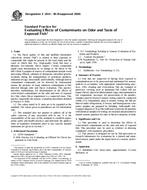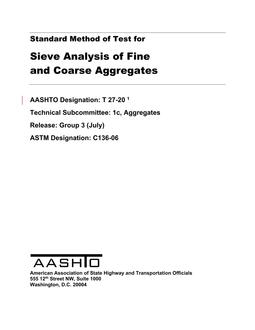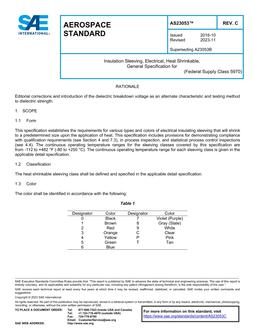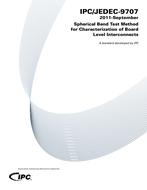
ASTM E1810-96(2004) PDF
Original price was: $58.00.$35.00Current price is: $35.00.
Standard Practice for Evaluating Effects of Contaminants on Odor and Taste of Exposed Fish
standard by ASTM International, 10/01/2004
1.1 The flavor quality of fish and shellfish (hereinafter collectively termed “fish”) is related to their exposure to compounds that might be present in the food chain and the water in which they live. High-quality fresh fish have a pleasant, low-intensity flavor impact. Certain compounds might cause deterioration of, or change to, the flavor of the fish’s flesh. Examples of sources of contaminants include wood processing effluent, odorants of detergents, microbial genesis, accidents during the transportation of petroleum products, industrial sewage, farm runoff, and feedstuffs. Although known contaminant compounds can be detected by instrumental means, the presence of many unknown contaminants is first detected through odor and flavor evaluation. This practice describes methodology for determination of the effects of water-related contaminants on the odor and taste of exposed live fish, where flavor impairment is a suspected issue. This practice supersedes the sensory evaluation procedures detailed in Practice D 3696.
1.2 The values stated in SI units are to be regarded as the standard. The values given in parentheses are for information only.
1.3 This standard does not purport to address all of the safety concerns, if any, associated with its use. It is the responsibility of the user of this standard to establish appropriate safety and health practices and determine the applicability of regulatory limitations prior to use.
Product Details
- Published:
- 10/01/2004
- Number of Pages:
- 6
- File Size:
- 1 file , 47 KB
- Note:
- This product is unavailable in Russia, Ukraine, Belarus




